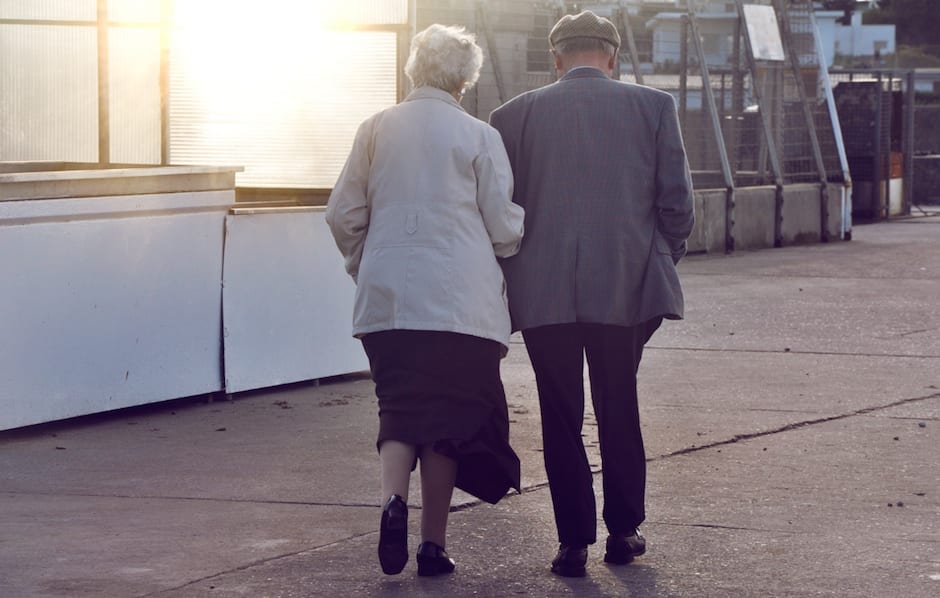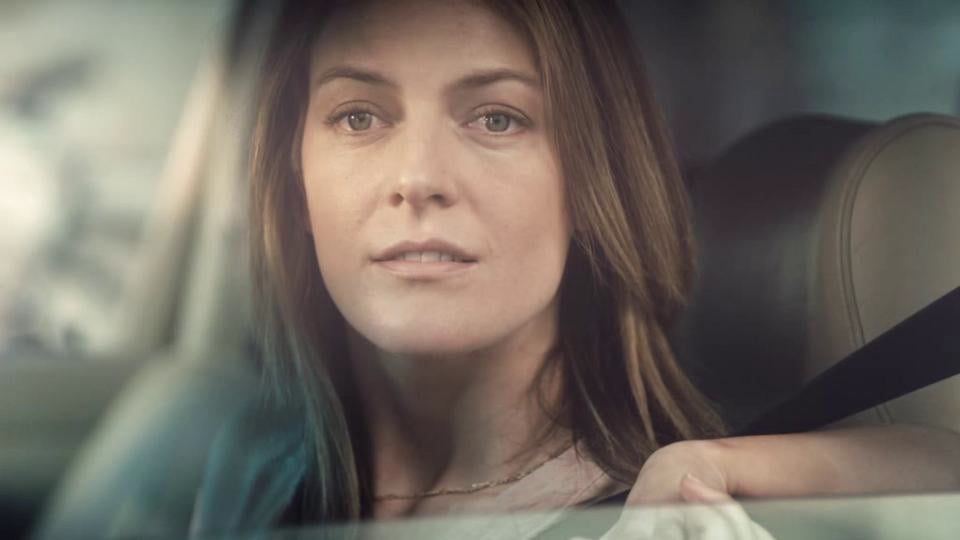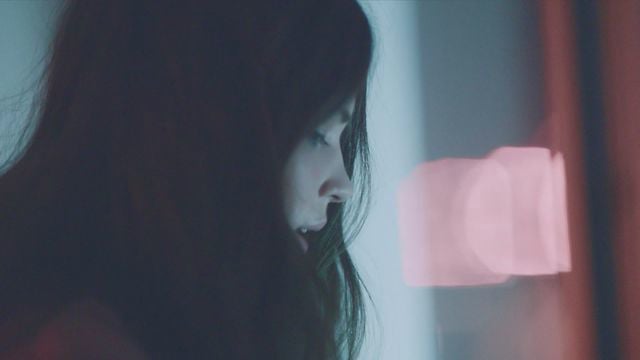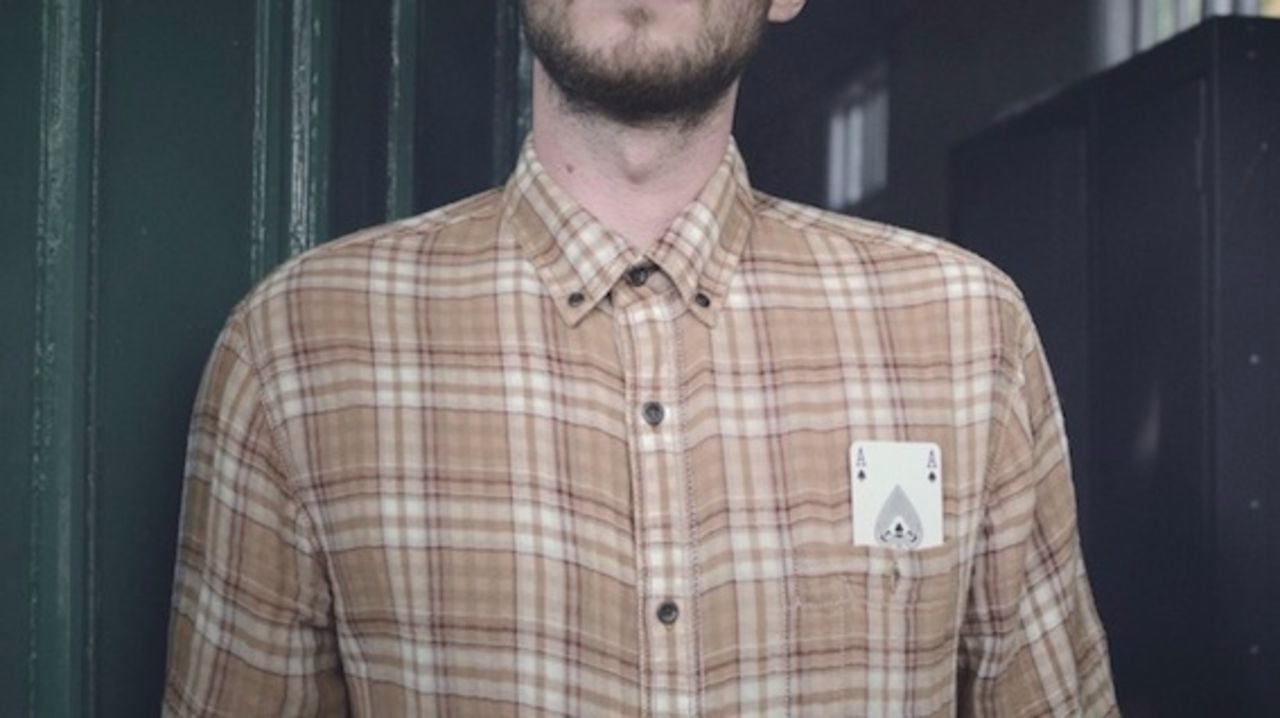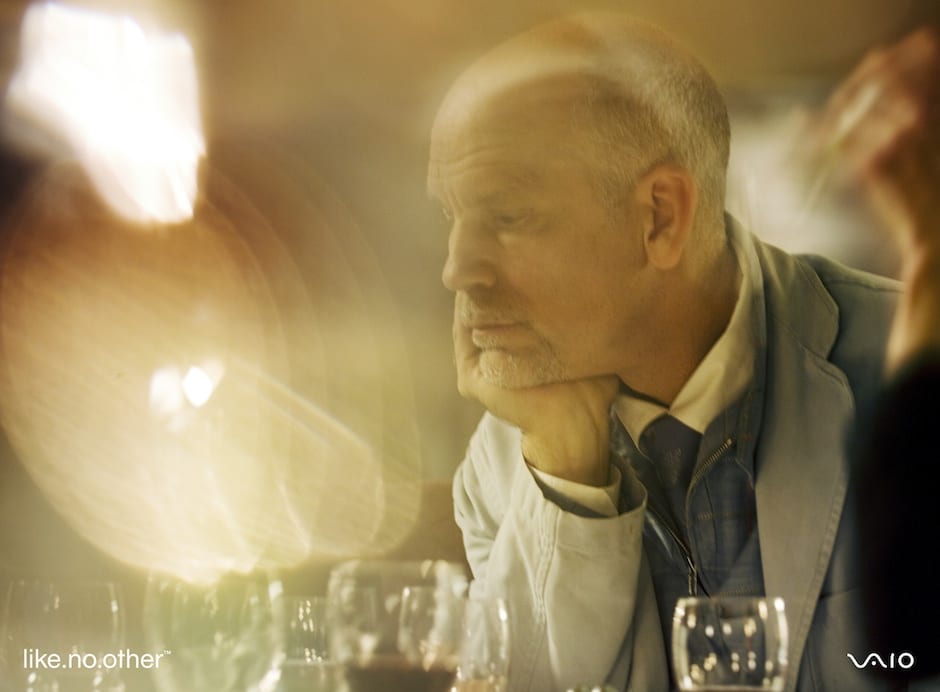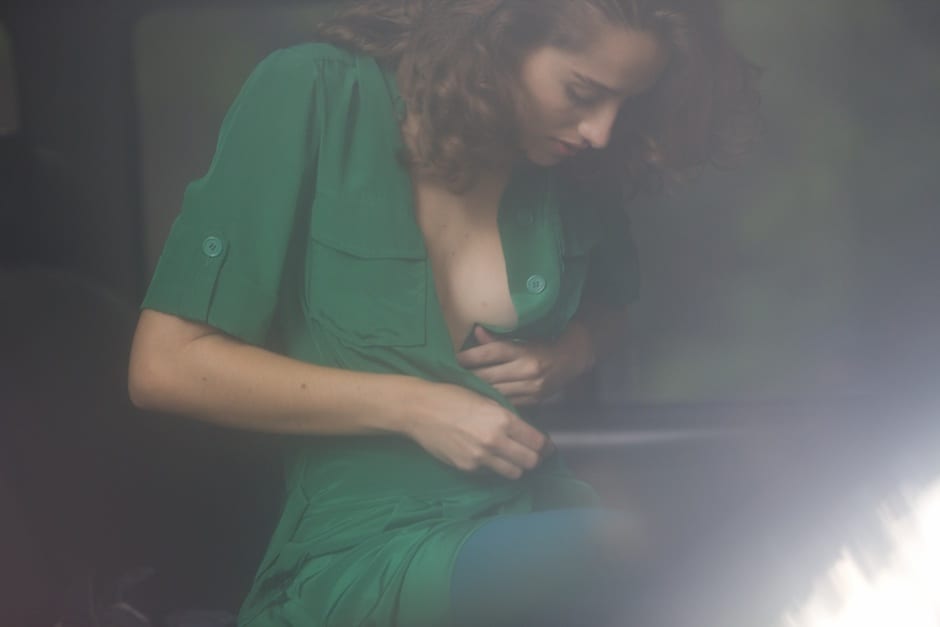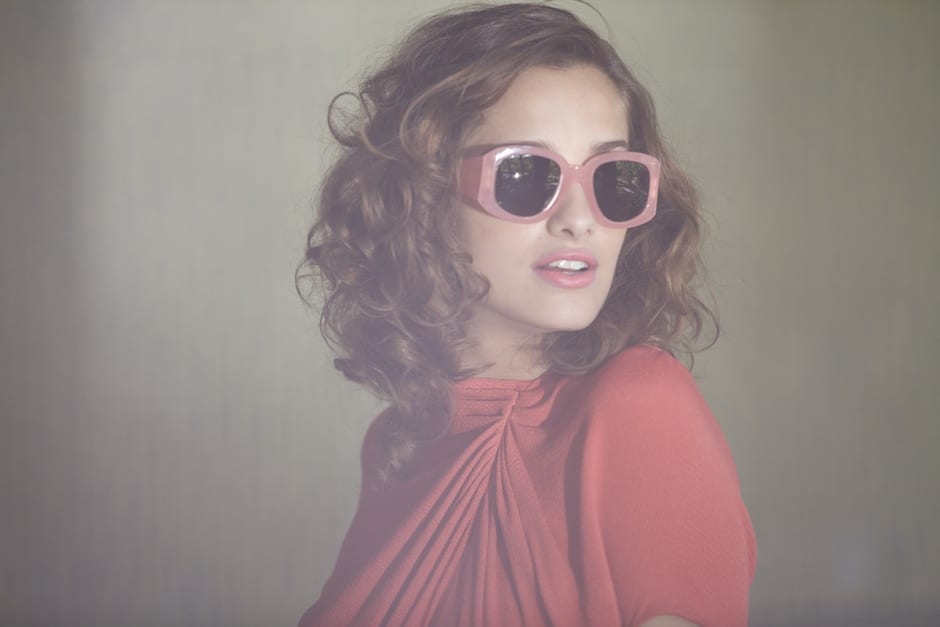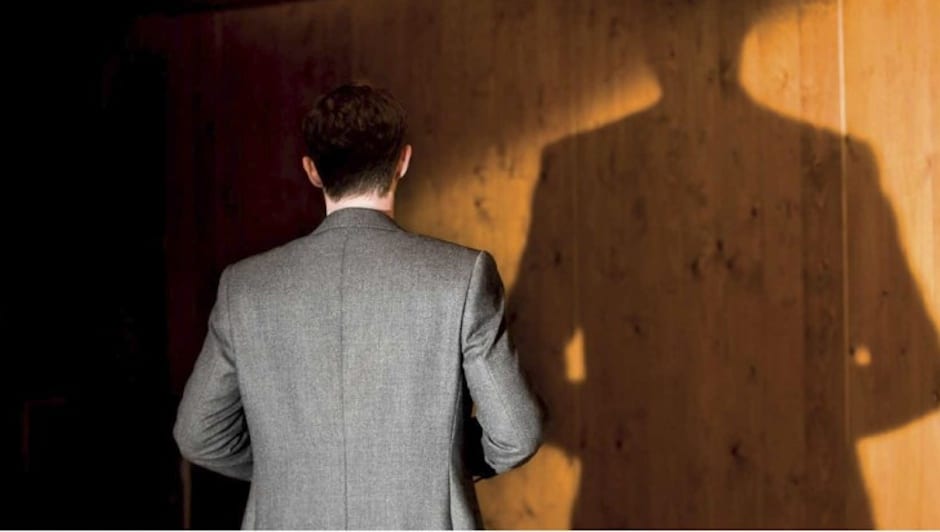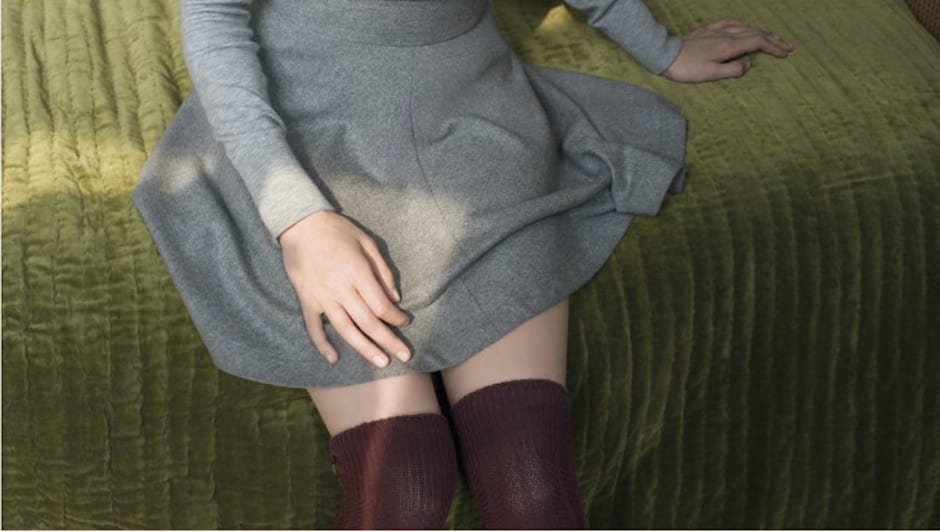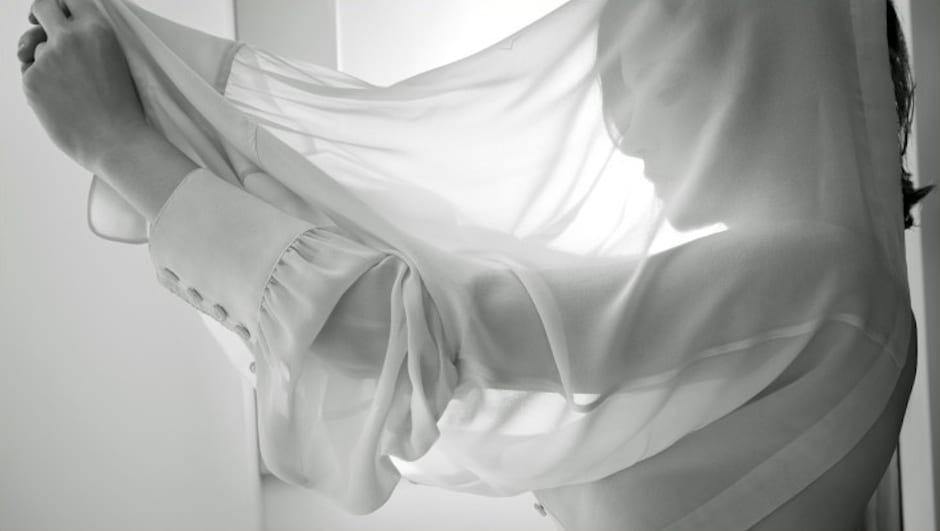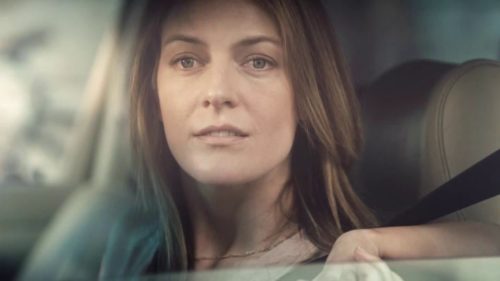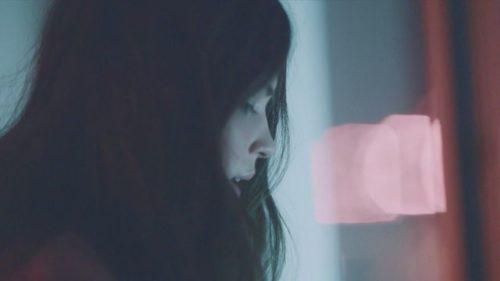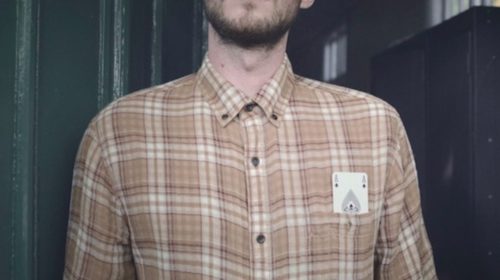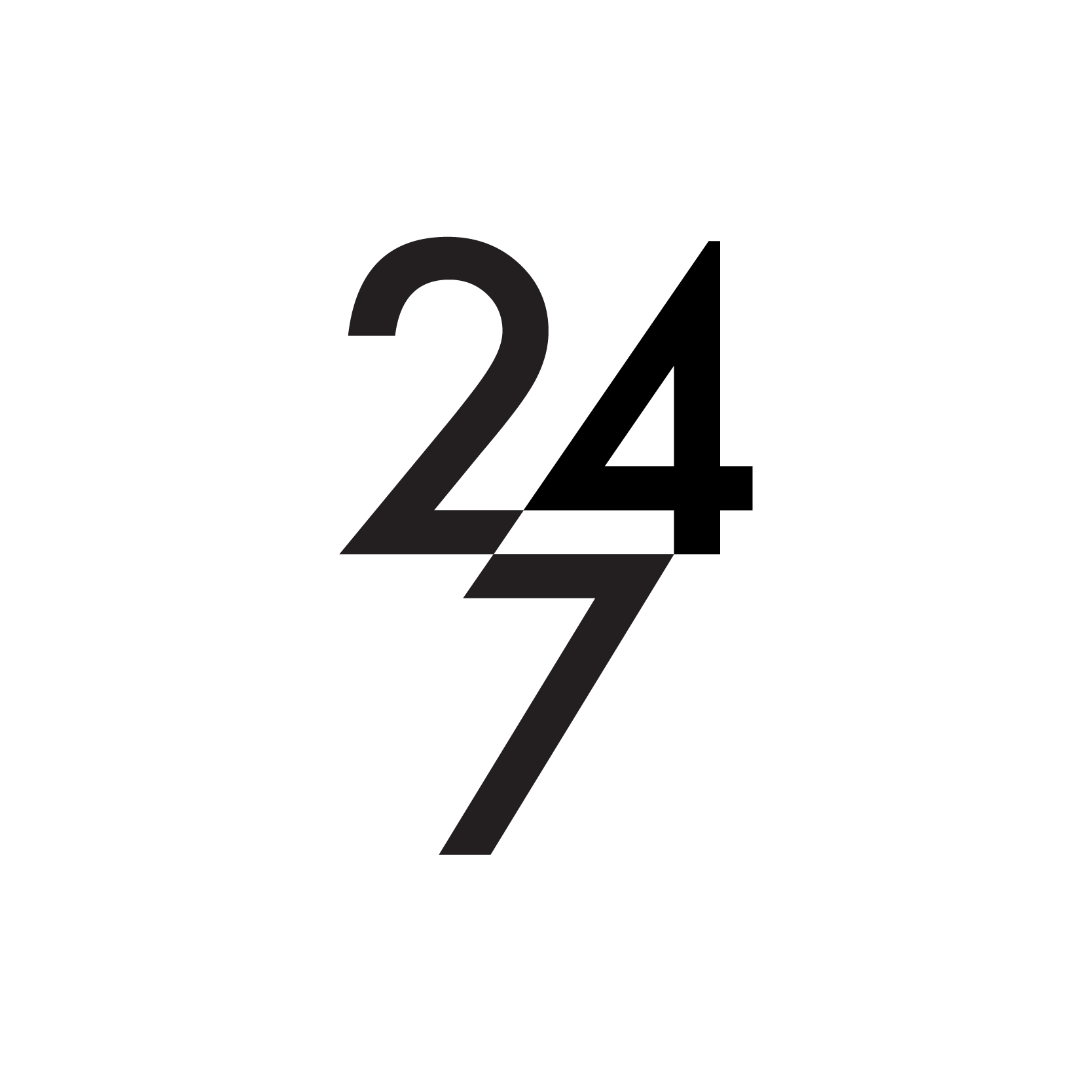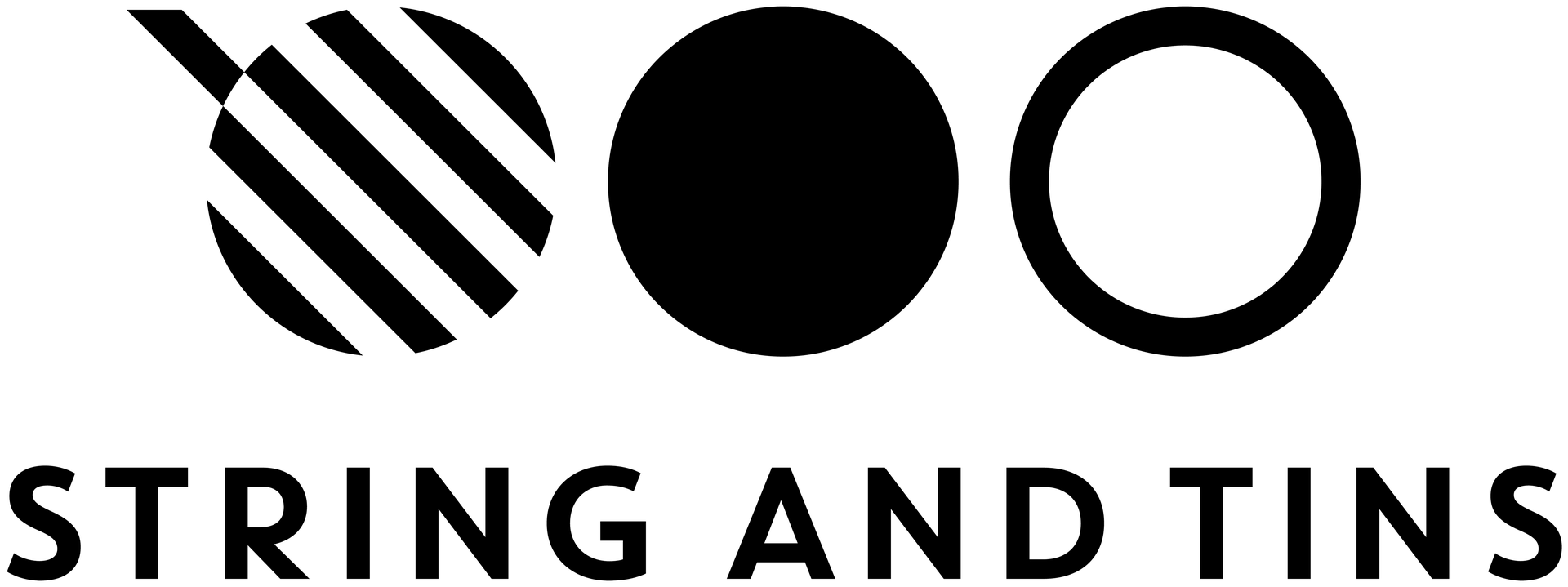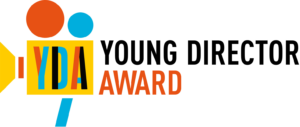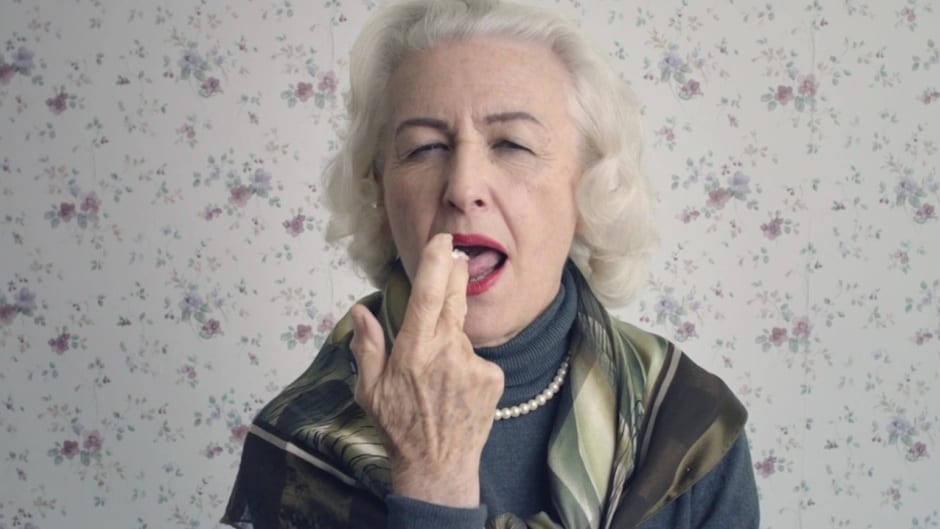Leila and Damien De Blinkk caught our eye with their fluid and beautiful direction for French Connection and HTC (see Related Content). Now their campaign for Ergo – perceptive slo-mo up-close portrayals reflecting “understanding” – will be airing throughout the year in Europe.
Coming from a stills background did you find it challenging to direct actors for film?
Some of our photographic projects actually involved working with actors and we always found it to be a very rewarding experience that provided a different dynamic to the shoot and the final end result. Working with actors (and non actors) for film was the next step. Challenging, yes, but we found it to be a very interesting part of the process.
What triggered your move into directing film?
We have always based our photographic work on mini scenarios and on the premise of a before and an after to the still image. Our ‘observational’ photographic work is also very ‘filmic’, in the sense that the characters always look ‘inhabited’ by a story that we can only just imagine.
In a way we wanted to include a bit more of the before and after and make longer sentences.
How does your working relationship operate? Do you have defined roles?
We have always liked to escape defined roles. So we overlap and part, then overlap again in pretty much all the stages of the process.
Is it easier working as a pair? Could you imagine doing it alone?
It insures there is always a critical eye present throughout. We haven’t thought about doing it differently.
Do the boundaries of home and work life constantly blur?
It’s inevitable. We think and breathe a project when we are in the middle of it.
How would you describe your visual language?
Free to roam but finds its own way home.
What would be your dream job?
Making films is a dream job.
And where do you draw your inspiration from?
Le Monde
What are you working on now?
Perfecting our British accent.
DE BLINKKS ON THEIR WORK:
You’ve created 13 one-take portrayals for Ergo. Did it take forever to get the one-takes working?
The longest process was actually the casting, we ended up casting 450 actors for the 13 characters. We had to squeeze in 6 character portraits per day, in mostly daylight situations, so we did not have the luxury of time. The shooting time of each scene/portrait varied in length, depending on the actor’s performance and getting the timing and rhythm right when developing their expressions, also depended on the complexity of the lighting needed for the shot.
Digital or film?
We went digital as we needed to shoot on the Phantom to achieve the speeds required for the shots.
Any major challenges on HTC?
The challenge was to get the special effects right in order to do as much as possible in camera, and to give the maximum amount of elements for the post. We didn’t want the film to be posty and overcooked, but to look spontaneous and strangely believable. The other challenge, is the usual one, covering in a short amount of time a very ambitious amount of shots.
We did think we were going to have an exploding bunny on our screens for a moment there.
He was at one point going even bigger, but we restrained ourselves.
The French Connection films are sensual and funny and the more you view them the more things are revealed. There are multiple narratives and details going on – how did you stay focused on your vision?
It felt that the concept would be best served by multiple narratives and sometimes non-linear structures, so this is what we set out to do on the shoot as well as in the editing process. It was slow cooking, it is easier to stay focused that way.
How detailed was the brief? Were you given quite a lot of creative freedom to capture a specific tone?
It all took shape in very close collaboration with the creative director Richard Flintham at 101. The brief was both very open creatively and specific on concept. Once we understood the essence of the personality of each item of clothing, we could go as far or as close to express it as was needed. But somehow we still had to stay faithful to the concept.
What were the key elements that enabled you to make the magic happen?
Working within parameters that are not the usual ones in advertising, thanks to Richard. Being able to choose not to take the obvious direct roads, but take long digressions to get there. Spending time and working with a team of people who all brought something precious to the process.
The music is really varied, from rap to French 60s, and yet it does a great job of adding the perfect tone to the visuals. How did you select the music?
We started with a voice over and words that were the backbone to the personality of each item of clothing, and that inspired us visually. But at one point in the edit on some of the films, it felt like the voice could become something else, something less tangible, something visual or music based. On other films, the voice over and the words remained. Sometimes in the process, a piece of music presented itself with absolute clarity as the choice for the right tone and sometimes it demanded exploring different sounds before getting to the right place.
Were you given time and budget constraints?
Yes we were. But we made sure that we stayed committed to the project for as long as it needed it and made it happen regardless.
Did you storyboard the narratives or did some of it happen spontaneously?
We ‘storyboarded’ (in our own way), but kept an open mind to spontaneous ideas and some very good things came out of this approach. It is something we like doing whenever possible. Sometimes it’s nerve wracking (especially for our producer), but it works.
Were there any visual ideas that you loved but were shelved?
Probably, but can’t remember them now. They got chewed up by the ideas that materialised.
What were the main challenges of the production?
To do a very large amount of shots with a limited amount of time and money. To make the stills and film campaign in parallel.
Technically inclined or intuitively driven?
Intuitively driven.
There’s a wonderful retro filmic feel and desaturated exposures in some parts – was that done in grading?
Part achieved in camera and with some help in the grade. The wonderful Simone at Rushes graded it.
What cameras did you use? And how many? Any special kit that you loved above all else?
We usually prefer shooting on film (16 or 35mm), but with the amount of shots that we needed to achieve and the budget constraints, it wasn’t possible. We had two camera units with Alexa and a Canon 5D. We were very happy with the result on the Alexa.
Did you use mainly natural lighting?
A mixture of natural and artificial.
Were tricks done in camera or post? For instance how did you do the shadow trick against the wood panel?
Mostly all in camera, with a little bit of help in post.
Was the selected stock footage always part of the script and what was the criteria for choosing the images?
Yes it was part of the script. Our criteria was using footage that was shot on film stock. We focused on 70s up to early 80s footage in our search and it was based on the themes we wanted to include in the film.
LINKS:
